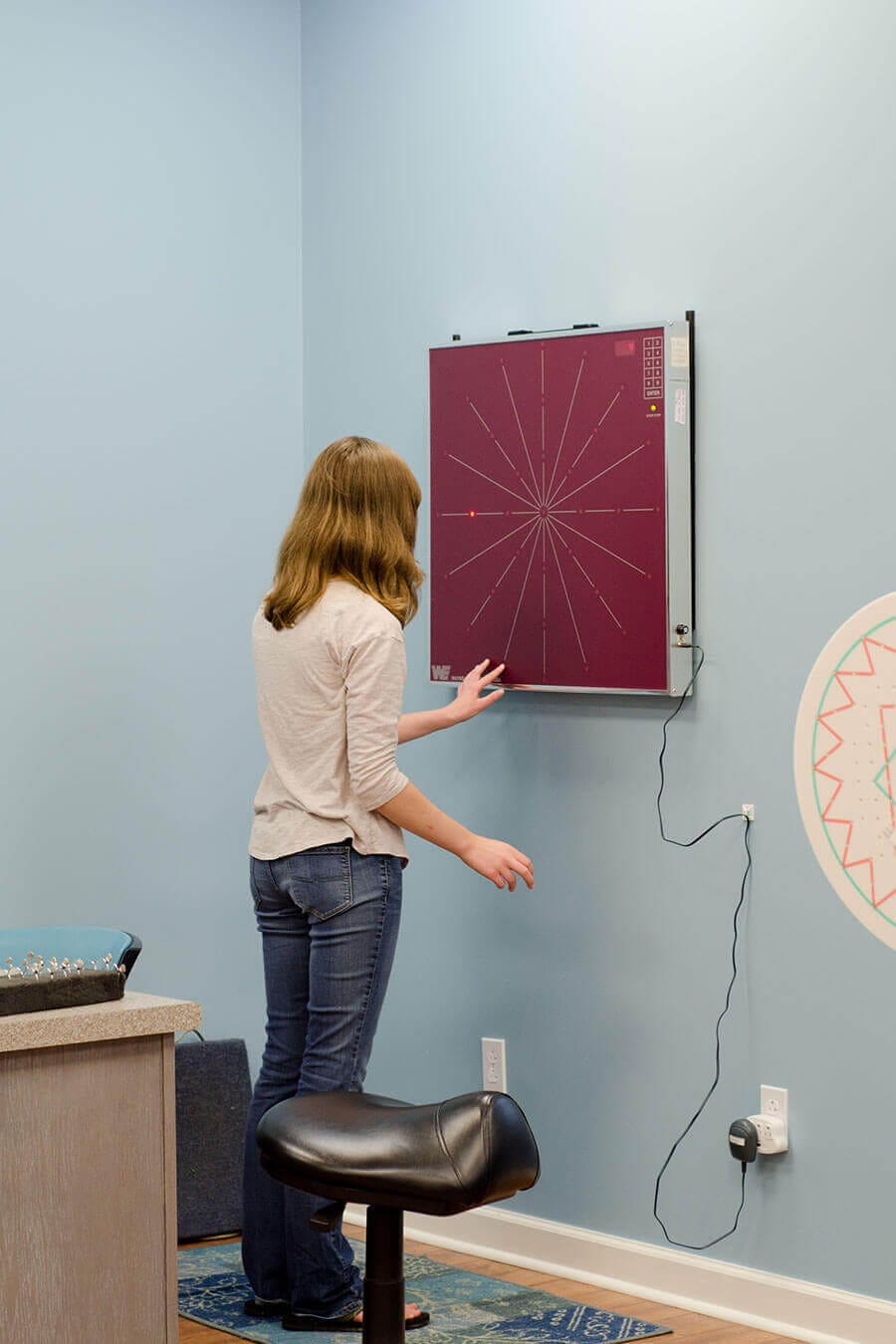Different Types of Saccadic Eye Movements
Saccadic eye movements might seem straightforward, but they can be broken down into different types, each serving specific functions. Knowing these can help you better understand the complexities of our visual system.
The Difference Between Saccades and Pursuits
Saccades
- Quick, short eye movements
- Used for shifting gaze
- Can be voluntary or involuntary
- Visual processing reduced during movement
Pursuits
- Smooth, longer-lasting eye movements
- Used for tracking moving objects
- Generally controlled voluntarily
- Visual processing continues during movement
Vertical Saccades
Vertical saccades allow your eyes to move up and down. These are crucial for tasks like reading a book, where your eyes must move from the end of one line to the beginning of the next. Vertical saccades are also important when you're walking, allowing you to look down at the path in front of you and then back up to see where you're going.
Common Uses
- Reading and writing
- Scanning up and down a computer screen
- Navigating stairs
- Looking up at signs or down at your phone
Challenges
Impaired vertical saccades can make tasks like reading or navigating stairs difficult and may indicate neurological issues. In some neurological diseases, such as Progressive Supranuclear Palsy (PSP), vertical saccades are more prominently affected than horizontal saccades.
Horizontal Saccades
Horizontal saccades allow your eyes to move side to side. These are crucial when you're reading, as your eyes move across a line of text. They're also essential for tasks like driving, where you need to look from side to side to assess the environment and traffic.
Common Uses
- Reading and writing
- Driving or cycling
- Watching sports or following a moving object
- Scanning a crowd or room
Challenges
Problems with horizontal saccades can make it difficult to track moving objects or read text efficiently. Impairments in horizontal saccades are often easier to recognize and can be associated with a variety of neurological or ophthalmic conditions.
Reflexive Saccades
These are automatic and occur in response to a stimulus. If a bright flash or sudden movement happens in your peripheral vision, your eyes will automatically jump to it. This kind of saccade is essential for reacting quickly to potential dangers, like a car suddenly pulling out in front of you.
Antisaccades
In certain situations, you need to look away from a strong visual or auditory cue. This is where antisaccades come into play. For example, if you're trying to focus on work but there's a distracting noise or movement, an antisaccade helps you maintain your focus and not look at the distraction.
Express Saccades
These are extremely quick eye movements, typically executed in less than 100 milliseconds. They're thought to be a result of practice and are common in activities requiring rapid focus shifts, such as video gaming or certain sports.
Microsaccades
These are tiny, almost imperceptible movements that occur even when you try to keep your gaze fixed. They prevent the fading of the visual scene by constantly refreshing the image on your retina.
Sequential Saccades
When your eyes jump between multiple points in a sequence, these are called sequential saccades. For example, when scanning a room, your eyes may jump from one face to another in a particular order.























